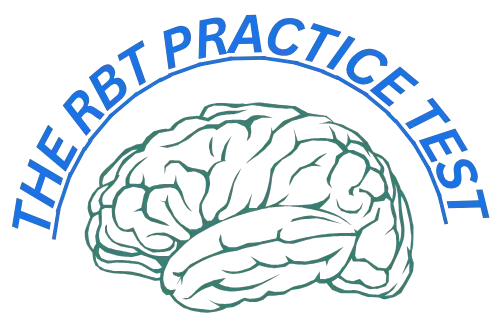RBT Study Guide – Unit A: Measurement
Preparing for the RBT Exam means mastering one of the most important sections of the BACB Task List: Unit A: Measurement. As an RBT, you are responsible for accurately recording and interpreting behavior. This section ensures you know how to collect data, measure behavior, and present findings in a way that supports effective treatment.
📊 Weight on the RBT Exam: Measurement accounts for approximately 12–15% of the total questions. That means you can expect 10–12 measurement questions on your official test.
Learning Objectives for Unit A
By the end of this unit, you should be able to:
- ✅ Define continuous and discontinuous measurement
- ✅ Identify and use permanent product recording
- ✅ Correctly graph and interpret data
- ✅ Explain why accuracy and reliability are critical for ABA practice
These RBT study guide measurement objectives are the foundation of your exam prep.
Key Measurement Concepts Explained (With Examples)
Continuous Measurement
Definition: Continuous measurement records every instance of a behavior.
Examples:
- Frequency: How many times a behavior occurs (e.g., 5 instances of hand-raising)
- Duration: How long a behavior lasts (e.g., tantrum lasted 4 minutes)
- Latency: Time between instruction and behavior (e.g., 3 seconds after prompt, client responds)
- Interresponse Time (IRT): Time between two responses (e.g., 20 seconds between two bites of food)
When to use it: Best when behaviors are discrete and observable.
👉 Sample Exam Question
Which of the following is a type of continuous measurement?
A) Frequency
B) Partial Interval
C) Whole Interval
D) Momentary Time Sampling
✔️ Answer: A) Frequency
Discontinuous Measurement
Definition: Discontinuous measurement does not record every instance of behavior, only samples.
Types:
- Partial Interval: Did the behavior occur at least once during the interval?
- Whole Interval: Did the behavior occur throughout the entire interval?
- Momentary Time Sampling: Did the behavior occur at the end of the interval?
Pros and Cons:
- ✅ Easier to manage during sessions
- ❌ Less accurate than continuous measurement
👉 Sample Exam Question
Which discontinuous measurement method records whether a behavior occurs at the end of a set time interval?
✔️ Answer: Momentary Time Sampling
Permanent Product Recording
Definition: Measuring a behavior by the outcome it produces, not by directly observing the behavior.
Examples:
- Number of math worksheets completed
- Number of toys picked up
- Written assignments submitted
Why it’s useful: Can be measured after the behavior occurs, no need for direct observation.
👉 Sample Exam Question
Which of the following is an example of permanent product measurement?
✔️ Counting the number of completed homework assignments
Graphing & Data Interpretation
As an RBT, you’ll often see data represented visually.
Types of graphs:
- Line Graphs: Show change over time (most common in ABA)
- Bar Graphs: Compare categories of data
- Cumulative Records: Show total responses over time
Common exam traps:
- Misinterpreting a cumulative graph (it never goes down)
- Confusing latency with duration
Common Mistakes & How to Avoid Them
- ❌ Confusing partial vs. whole interval
- ❌ Forgetting the difference between latency (before) vs. duration (during)
- ❌ Misreading cumulative graphs (they always increase)
👉 These are common RBT measurement exam mistakes. Knowing them in advance helps you avoid easy errors.
RBT Unit A: Measurement; Sample Questions (Free Practice Quiz)
Here are practice-style questions to test your knowledge:
Practice More
For full preparation, explore these:
FAQs About RBT Unit A: Measurement
Q1: What is continuous measurement in ABA?
It records every instance of a behavior (frequency, duration, latency, IRT).
Q2: Is measurement important for the RBT exam?
Yes, 10–12 questions focus on measurement.
Q3: How many measurement questions are on the RBT exam?
Around 12–15% of the test, based on the BACB Task List.
Q4: What’s the difference between latency and duration?
- Latency: Time from instruction to behavior
- Duration: How long the behavior lasts
Q5: Can I get a free RBT measurement practice quiz?
Yes, scroll up for practice questions or take our full Unit A quiz.
Conclusion
Mastering RBT Unit A: Measurement is the foundation of your success on the exam. By understanding how to measure, record, and interpret behavior, you’ll not only pass your test but also become a more effective RBT in real-world practice.
